CASE STUDY: FIRSTS: LONDON’S RARE BOOK FAIR AT SAATCHI GALLERY 2022
BRIEF
For the past six decades the Antiquarian Booksellers Association (ABA) in the UK produces a flagship international book fair in London. Having moved to Saatchi Gallery in 2021 the ABA wanted to relaunch the new brand in 2022 with a goal of increasing viability and placing the fair as a regular fixture on London’s cultural calendar.
Communications channels were limited to its existing audience, which is a highly specialised niche of booksellers and collectors. Academic in tone and disperate by nature, there was a challenge to align the message from all 120 exhibitors while also demonstrating accessibility and quality. To reach the actively growing segment of the book-loving public, a strong digital and OOH advertising campaign supporting a highly engaged luxury and culture publicity campaign would be required.
CAMPAIGN

There was limited audience data from previous fairs. The average visitor persona was a third-level educated 55+ year-old financially secure white man living in the South East of England. Representative of the core seller/collector segment, it would be equally important to retain this audience as well as reach a new younger and more diverse group that had budget to spend on collectable books.
The creative concept was to focus on words rather than the physical book, as this would provide a unified platform for the fair’s exhibitors with the ability to update annually. It would also align with expectations of that core segment.
A key element to help reach the newer audiences was the introduction of a theme, with 2022 being ‘banned books’. Along with a thematic social media campaign, this would help the publicity communications in driving interest.
The strategy was to get book lovers who can afford to collect to visit the fair by focusing on the rarity and infamy of the items on display.
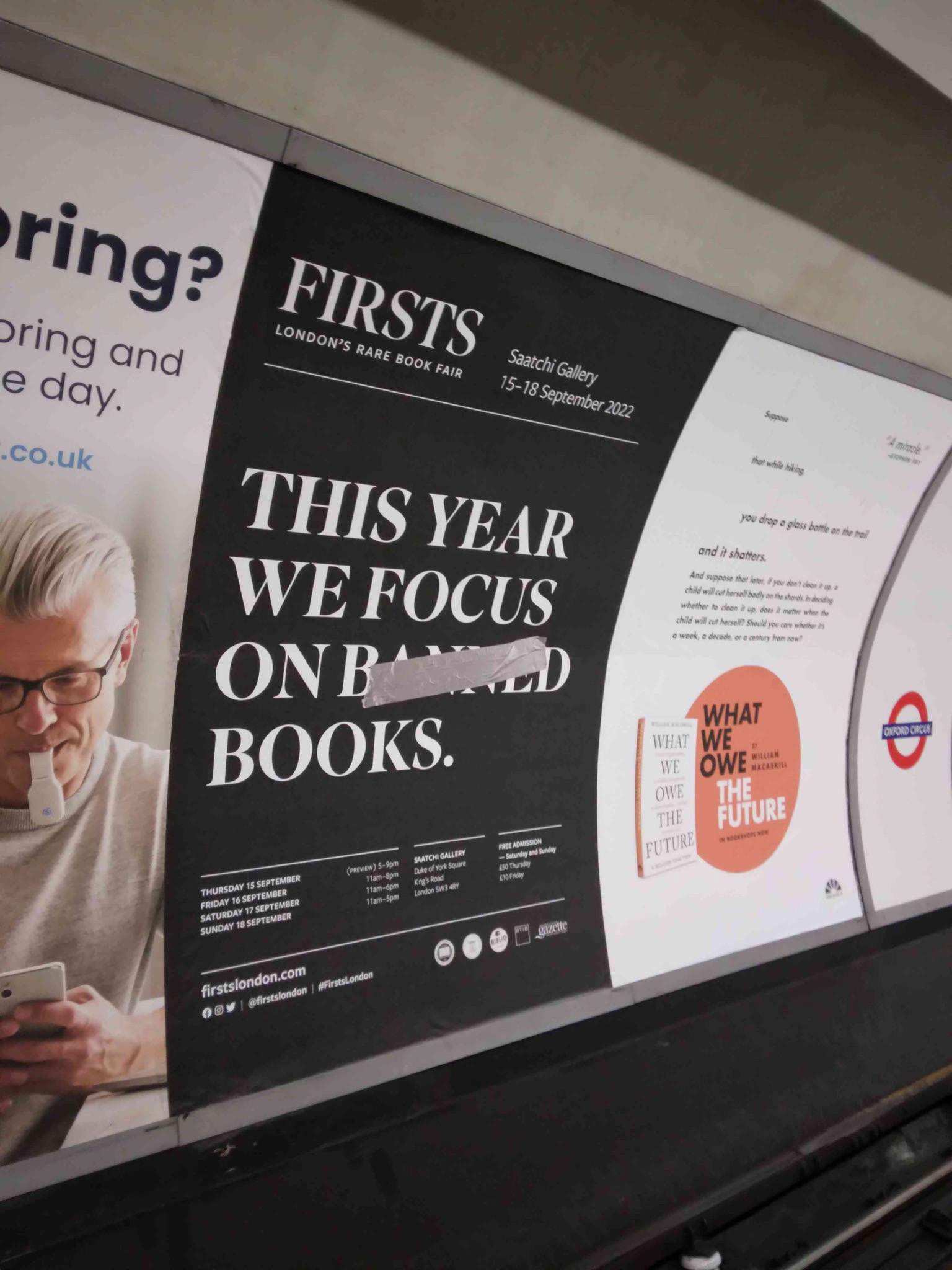
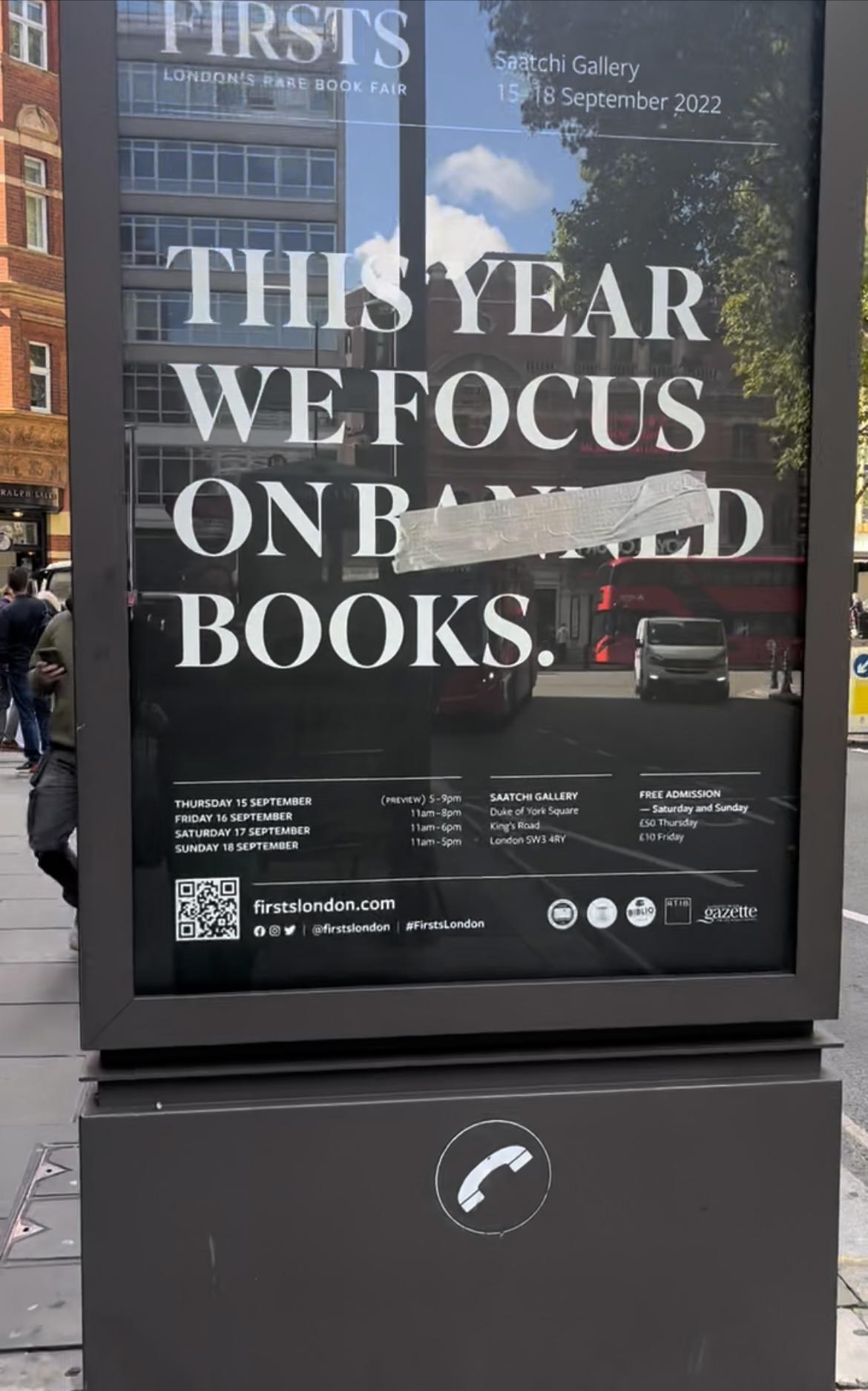
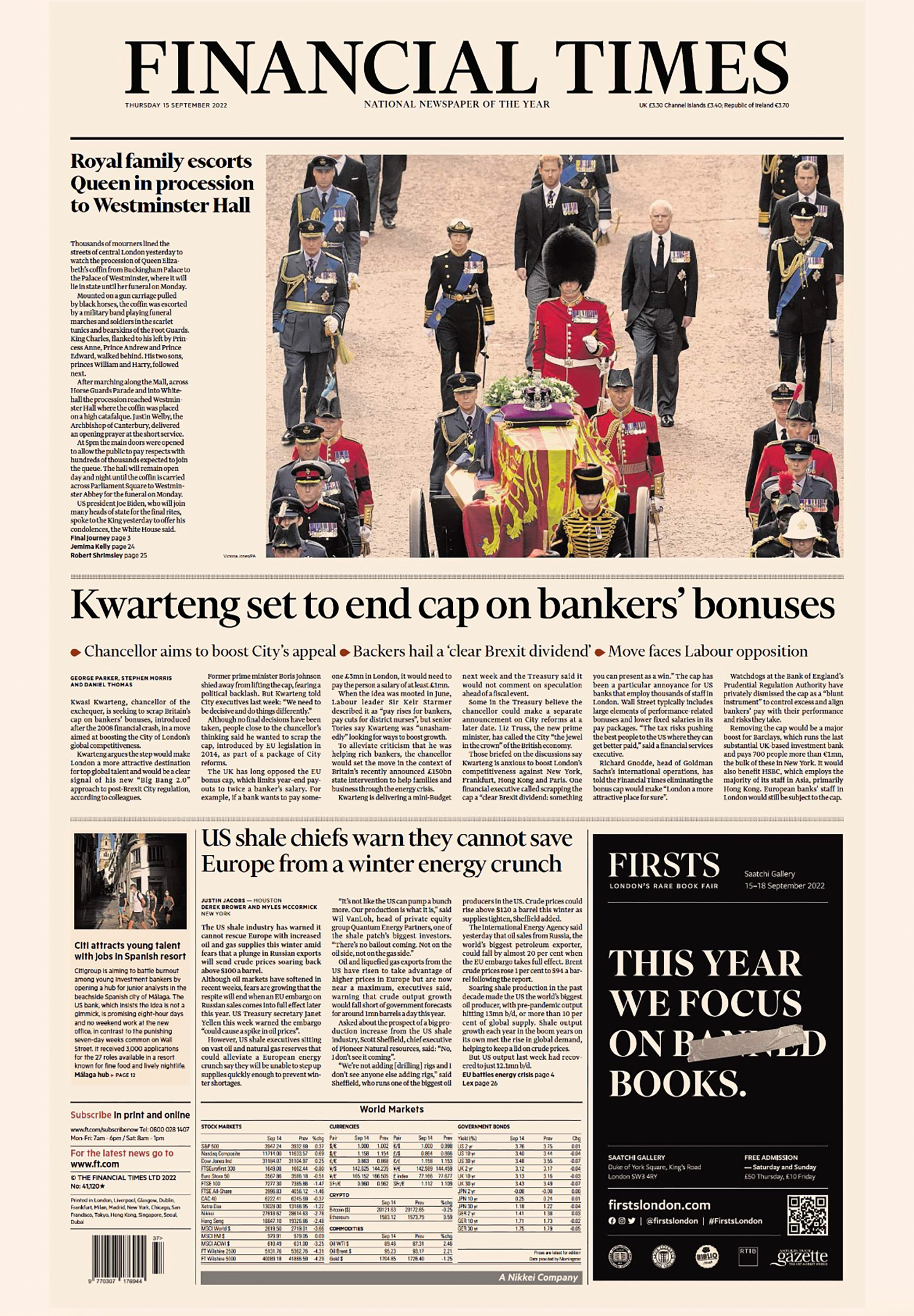
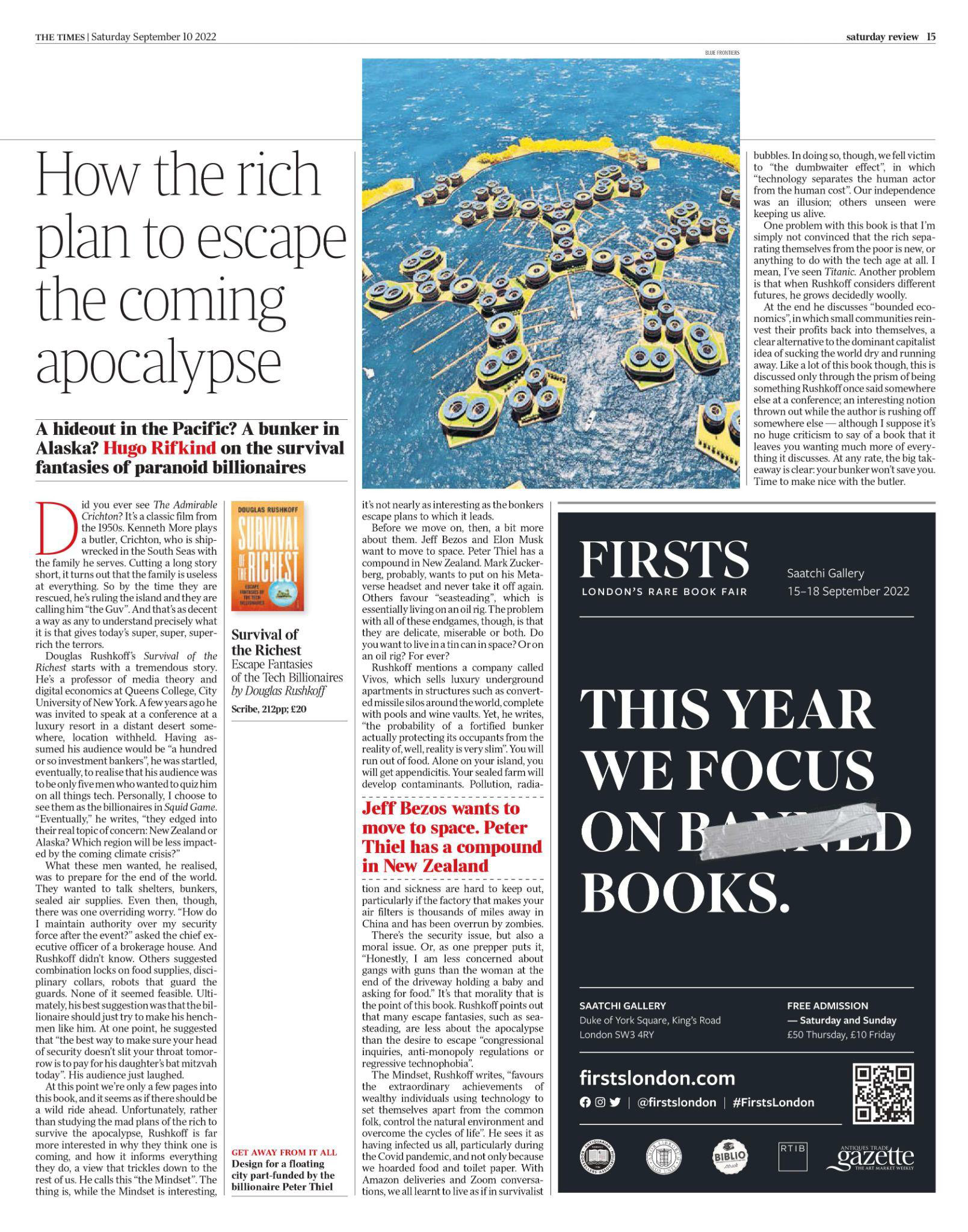
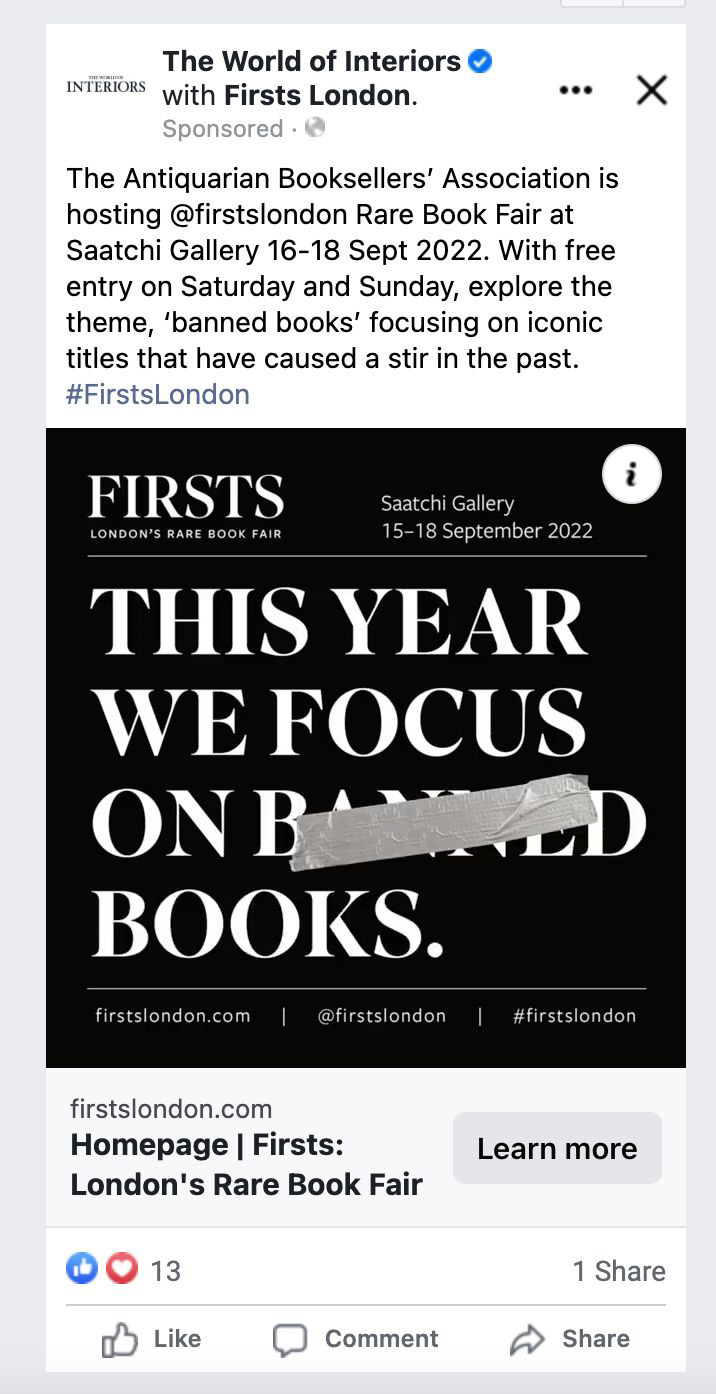
Planned with Cymbeline Media, we booked OOH with cross-track posters on London Underground premium Zone 1 stations such as Oxford Circus, Bond Street, Piccadilly Circus achieving a total reach of 5.3 million. The BT6 poster at Sloane Square gave a further, focussed visibility and reach of 261,000.
Ads appeared in print and digital media including Financial Times (including front page positions), Life and Arts, FT Weekend Magazine, The Spectator, The Times, The Guardian, Country Life and The World of Interiors (social media) reaching a focused, affluent audience in the UK and globally.
The total estimated reach of the combined advertising campaign was 11.4 million. With dwell time, front page placements and the highly targeted segmentation of the ads, this campaign provided a huge boost to the fair’s brand fame for financial growth.

With a primary focus on Instagram, as part of the communications strategy to build enthusiasm for the event with both core and new audiences, several campaigns were designed around the fair theme. These were scheduled weekly, alongside key titles being presented.
Several video reels were produced and scheduled, while during the fair twice daily a new reel and story was added. Showing the crowds in situ helped create a buzz by demonstrating social value.
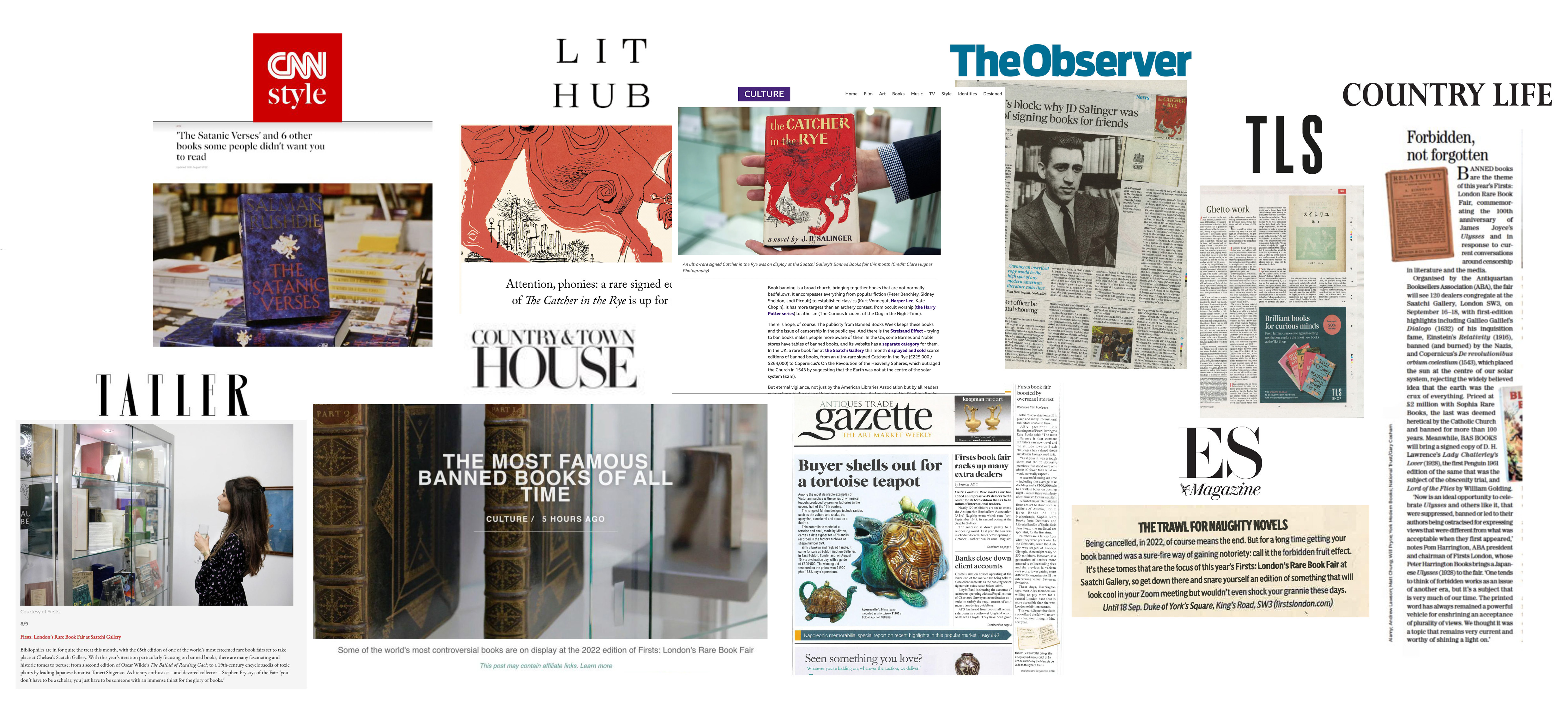
Delivered by Flint Culture, the publicity campaign resulted in 114 items of coverage in print, online and broadcast from across the UK and Ireland as well as France, Belgium and Italy. It had an overall estimated reach of 1.7 billion.
RESULT
Friday ticket sales: Up 72%
Weekend visitors: Up 6%
Advance online sales: Up 40%
Private customer sales: Up 180%
Total sales: Up 135% (£7.2 million)
Despite this edition of the fair taking place on the same weekend as the funeral of Queen Elizabeth II, there were successes on all KPIs. The increase in weekend visitors and advance online sales resulted in record takings, which correlates with the highly targeted strategy of the marketing and communications campaigns.
BACK